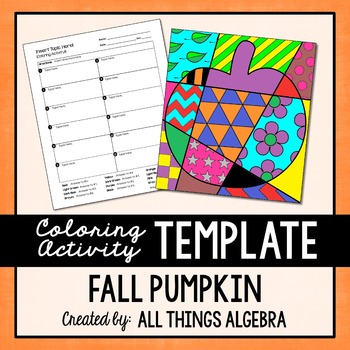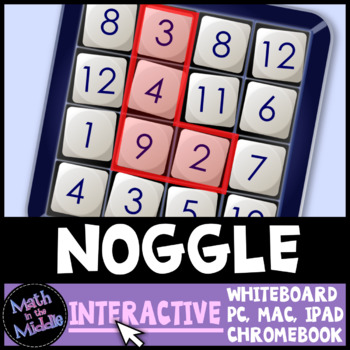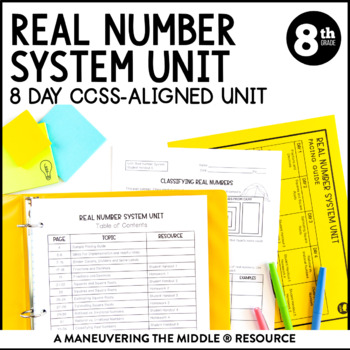Hello, friends! I hope that you have had a wonderful summer so far. It is about that time for me to start thinking about going back to school (as hard as that is right now!) and I began reflecting upon some things that worked for me last year. If you are in Texas, then you know how hard of a shift we made with new standards this year. I found myself feeling a great need to "fill in all the gaps" that my kiddos had. However, we simply didn't have the time. I had to come up with a way to help them without using class time.
I taught two grades last year: 6th Grade On Level Math, and 7th Grade Pre-AP Math. Needless to say, they had very different gaps.
On my campus, we have 5 minute passing periods. If you are on an elementary campus or don't have as long of a passing period, you may need to tweak this for your campus.
Here's what I came up with: I made flash cards (using index cards and a sharpie that still had some life left in it!) for whatever skill it was that my kids were severely struggling with. For my 6th graders, it was multiplication facts at first, and for my 7th graders, it was integer operations. (Can I get an AMEN?!)
Anyhow, I made about 60 flashcards of varying difficulty for each set and used different colors so that I could easily identify which set was for which grade level. At the end of each class, I would dismiss my kids, and wait at the door for my next class. They were already trained to wait until I told them they could go in, so this was an easy transition.
The first kid would get a card that looked like this:
They weren't necessarily this easy, but on the back would be the answer like this:
I had them reversed as well, where a larger factor would appear first.
And, again, the answer was on the back.
If the student got the right answer, they went into class and completed whatever task was on the board for them. If the answer was incorrect, I did one of two things. Sometimes, I let the student take the card with them to the back of the line and when they got back up to the front they would need to explain why the answer is what it is. Other times, I would send them to the back of the line to review their notes and when they came back up, they would get a different card. It was a great way to hold them accountable for skills that they should have mastered.
If I had hall duty, I would have the first student who answered correctly show the cards to the rest of the class. The kids would compete to get to class first to have this honor. It was hilarious. Who rushes to get to MATH!?
I'm going to be completely honest here. I didn't think this would work as well as it did. I would use the same exact set for a week or two before switching to something a bit more difficult based on what we were learning in class. I had amazing results! The kids cheered each other on, which was great, and were so proud of themselves when they got the answer right on the first try. They enjoyed being challenged. Which made me ecstatic.
The best thing that ever happened was this:
Remember when I said that my 7th graders were struggling with integer operations? Well, that is because it was now a 6th grade standard and it used to be a 7th grade standard. My students unfortunately did not get very much instruction the prior year and were frustrated big time. This was about the time that my 6th graders were learning integer operations and as a 6th grader walks by during the passing period, he sees the card I am showing to a 7th grader and he yells out, "Hey! How come the 7th graders get easier cards than we do?!" This really motivated my 7th graders to master this and move on to a new stack of cards!
So, if you are looking to start something like this in your classroom, but don't have time to make the cards yourself, my first two sets are available for purchase in my
TpT store. More sets will be coming soon. If you have any requests, leave me a comment or send me an email and I will add it to my list!
This particular set has 120 cards used to practice multiplication facts complete with answers on the back of the cards. Click the image for more information.
This set has 96 cards (24 for each integer operation) with the answers on the backside. Click the image for more information.
Have a great school year!
















































